After serial delays, South Africa has recommitted to its climate targets despite formidable political and financial obstacles.
Crispian Olver, head of the Presidential Climate Commission, addressing a meeting of business and energy specialists convened by the South African Chamber of Commerce at the City law firm Simmonds and Simmonds, said the biggest challenge of the country’s Just Energy Transition was managing the social and economic consequences of decarbonisation.
Tens of thousands of employees in the coal and related industries would have to be redeployed on the renewable energy sector and trained with new skills. Others would have to be compensated with early retirement packages and other forms of compensation.
Africa Climate Summit
On 4 September President Cyril Ramaphosa sent Environment Minister Barbara Creecy to the Africa Climate Summit in Nairobi to re-assure the continent and global partners of the Just Energy Transition Partnership (JETP ) that its long-awaited implementation plan will be finalised before the COP-28 climate summit in Dubai on 30 November.
The $8.5bn (R204bn) climate pact – signed by the US, UK, France, Germany and the European Union at COP-26 in Glasgow – will provide the funds to assist South Africa in its transition from an economy heavily dependent on coal to a carbon free economy by 2050.
Once the plan is finalised the funds can begin to flow. South Africa is the most carbon dependent economy in the world and one of its major per capita polluters. Some 80% of the country’s electricity supply comes from coal-fired power stations. Creecy said that due to the electricity crisis in South Africa the decommissioning of some coal-fired plants would be delayed but the country is still fully committed to its targets for net-zero by 2050.
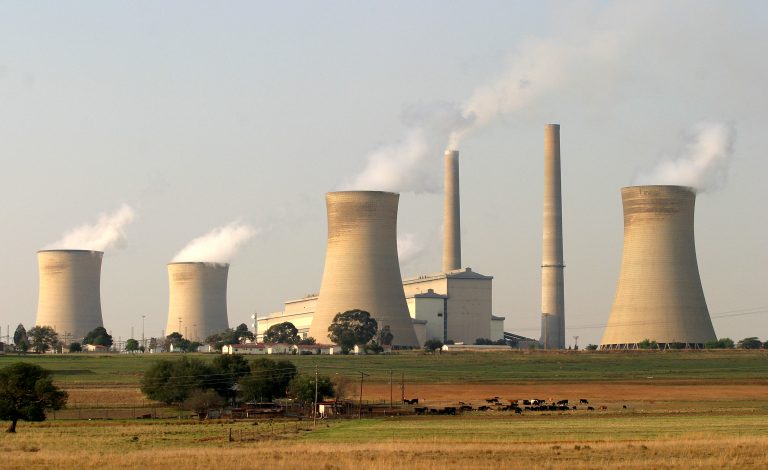
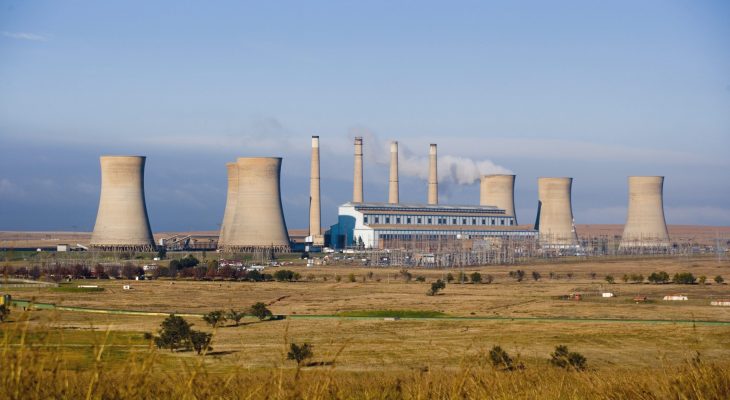
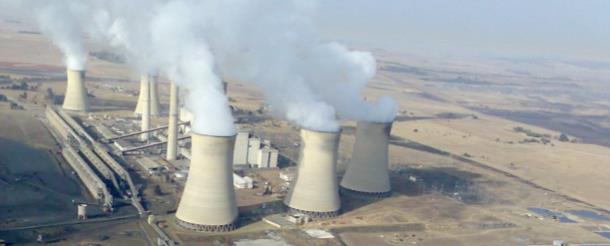
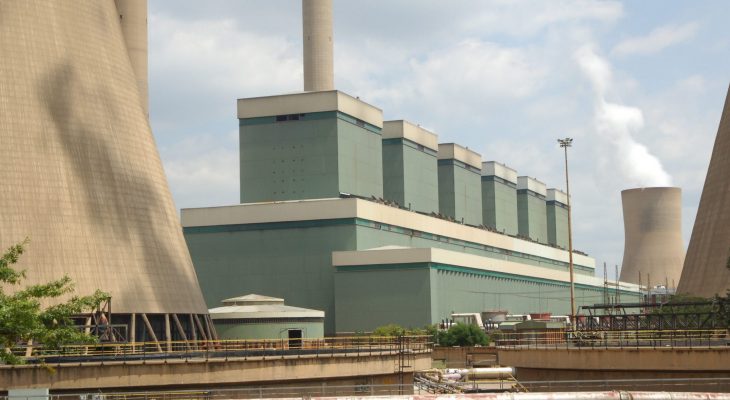
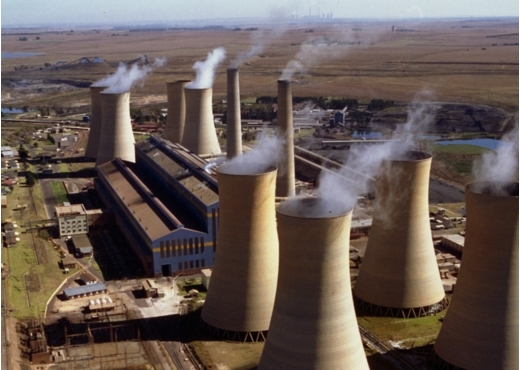
Role of Gas
Olver, one of the country’s most senior and respected civil servants, arrived in London for meetings with Shell, to discuss the role of gas in the transition from fossil fuels to green energy. Olver said that the main constraints on a smooth transition were the capacity of the national grid and the management of the social and economic consequences of decarbonisation.
On access to the national grid there had been a breakthrough by government in lifting unconditionally the cap on generation by independent power-producers, previously subject to a 100MW limit and a rafter of conditions.
Liquid Natural Gas (LNG) is seen increasingly by energy experts as a necessary part of the energy mix to ease the transition for carbon dependent economies en route to solar, wind and hydro sources of renewable energy supplemented by nuclear where there are gaps as in South Africa and the UK, analysts say.
“The question with LNG is where will it come from?” said Olver. Fracking in the South African interior has been put on hold, offshore gas in Mozambique has a limited lifespan and offshore oil on the south coast of South Africa is a long way from coming online. There is an interest in offshore gas in Namibia and when that might be in production. In the shorter term, the gas is likely to come from the Gulf countries.
Transition was Inevitable
The transition was inevitable for the country’s survival because without it, South Africa’s coal reserves and coal-related industry and exports would be worthless. If all went well with the transition gas could solve some of the country’s other most pressing problems such as unemployment. While thousands of jobs would be lost in the coal-mining and related industries many more could be created in other mining sectors, which had been neglected because of the dependence on coal. These included platinum, manganese, nickel, copper, lead, zinc, iron and steel and rare earth minerals.
Of the major risks facing the country over the next ten years, five were climate and environment related. “There is a poly crisis which will stress profoundly all our systems going forward,” Olver said.
The strongest factor working in favour of a relatively smooth transition was the unswerving commitment of Ramaphosa to the transition away from coal. The President’s eye is set on the systemic reforms, and he has spent much political capital on getting that done. One can say many things about the President but when it comes to climate change and the just energy transition his commitment is total and he cannot be faulted.
Investing in Renewables
Olver said the JETP was not a “vote-catcher” and had not been politically popular from the start. The major coal-processing companies had spotted the shift early and were already investing heavily in renewables. “They have been printing money since the invasion of Ukraine and now they are ploughing their profits from the coal bonanza into the green economy,” he said
On the other hand, there was a coalition of rent-seekers close to politically-connected people and the trade unions who had a vested interest in the continuation of coal for as long as possible. It was no secret that Minister of Minerals and Energy was committed to the coal economy and had been a factor in the infighting which had exacerbated delays in finalising the details of the JETP.
“I think eventually the momentum of the transition will transcend and overwhelm the rent-seekers and their plans to extend the life of coal will get bogged down in endless litigation,“ said Olver.
Funding the Transition
South Africa’s ailing economy would not be able to fund the transition on its own. Even the
$8.5bn (R160bn) – made up of concessional guarantees, loan finance and some grants – is a drop in the ocean when compared with the estimated $62.5bn (R1.5tr) that South Africa’s transition will cost in the first five years according to SA government estimates.
Over three decades the bill is estimated at $250bn, according to a 2022 report issued at the World Economic Forum in Davos. The JET nations invested in the partnership, on the other hand, see the pact with South Africa as a pilot project which could be used as prototype to roll out similar agreements with other nations in the developing world. African Development Bank (ADB) President Akinwumi Adesina estimates the cost of compensation for the continent quitting fossil fuels to be in the order of $1.5trn over 30 years.
At COP-27 the wealthy nations agreed to raise $2.7trn over 30 years in compensation for “loss and damage” from climate change. But there has been no further detail on the plan regarding quantum or time-frame.
By comparison of scale, the US Marshall Plan for the reconstruction of Europe after WWII cost $13.3bn at the time which would be about $150bn in today’s money.
– By John Battersby, Journalist, SA Chamber Advisory Board










